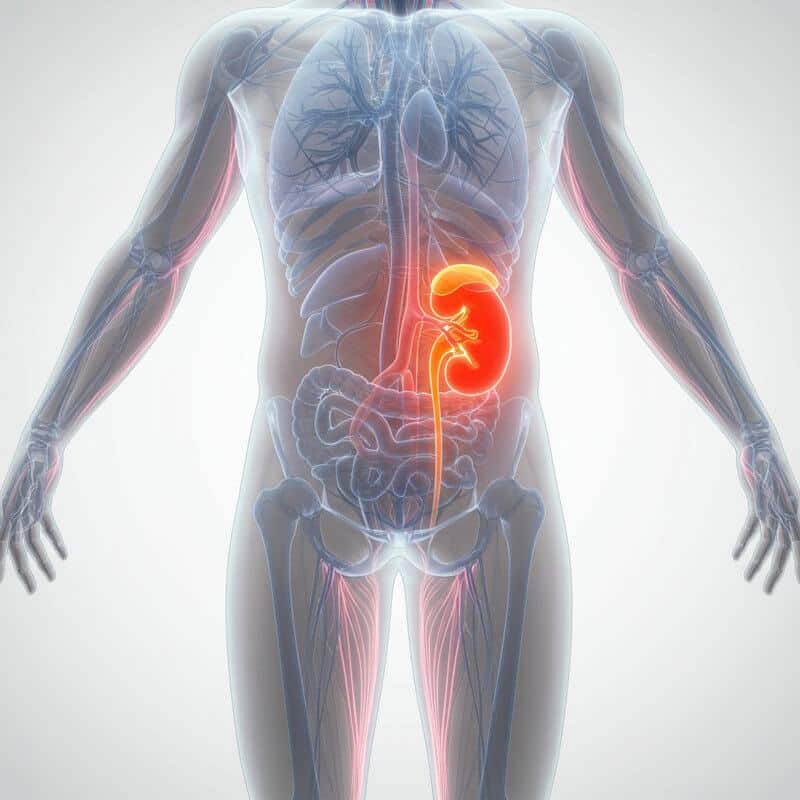13 Bottle-Feeding Mistakes New Parents Make (and How to Fix Them)
Bottle-feeding a newborn can be surprisingly challenging, even for attentive parents. Common pitfalls include improper bottle positioning, incorrect formula preparation, and misreading a baby’s cues, all of which can affect a baby’s comfort and growth. Understanding proper techniques is essential for a healthy feeding experience.
1. Using the Wrong Bottle or Nipple Size
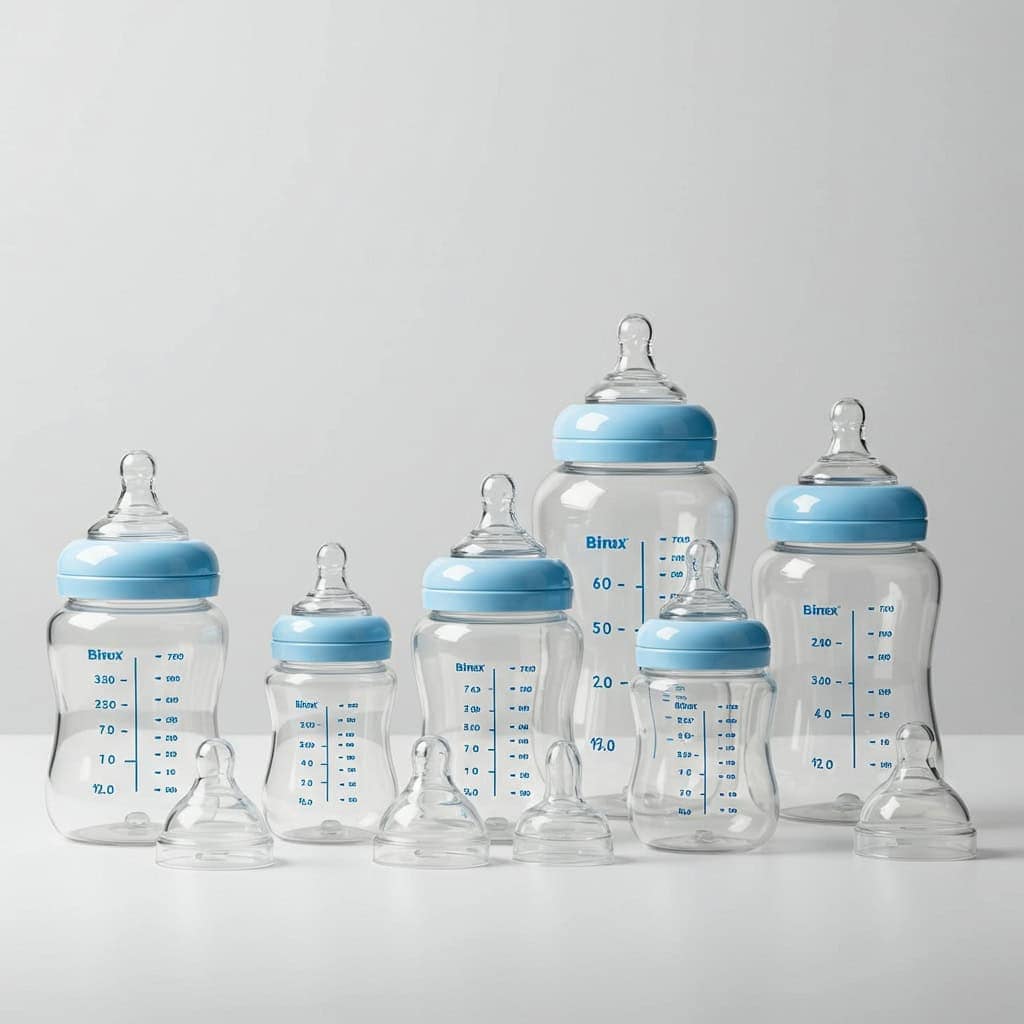
Selecting an inappropriate bottle or nipple size can cause feeding issues like gas, colic, or poor latching. Newborns need slow-flow nipples, while older babies may require faster-flow options. Using the wrong size can make feeding uncomfortable and increase air intake. Always choose age-appropriate nipples and monitor your baby’s cues.
2. Ignoring Baby’s Hunger and Fullness Cues

Understanding and responding to your baby’s hunger and fullness cues is crucial for healthy feeding. Ignoring these signs may lead to overfeeding or underfeeding. Look for signs like rooting or sucking motions for hunger, and turning away or closing the mouth when full. Being attentive helps establish healthy eating habits.
3. Propping the Bottle
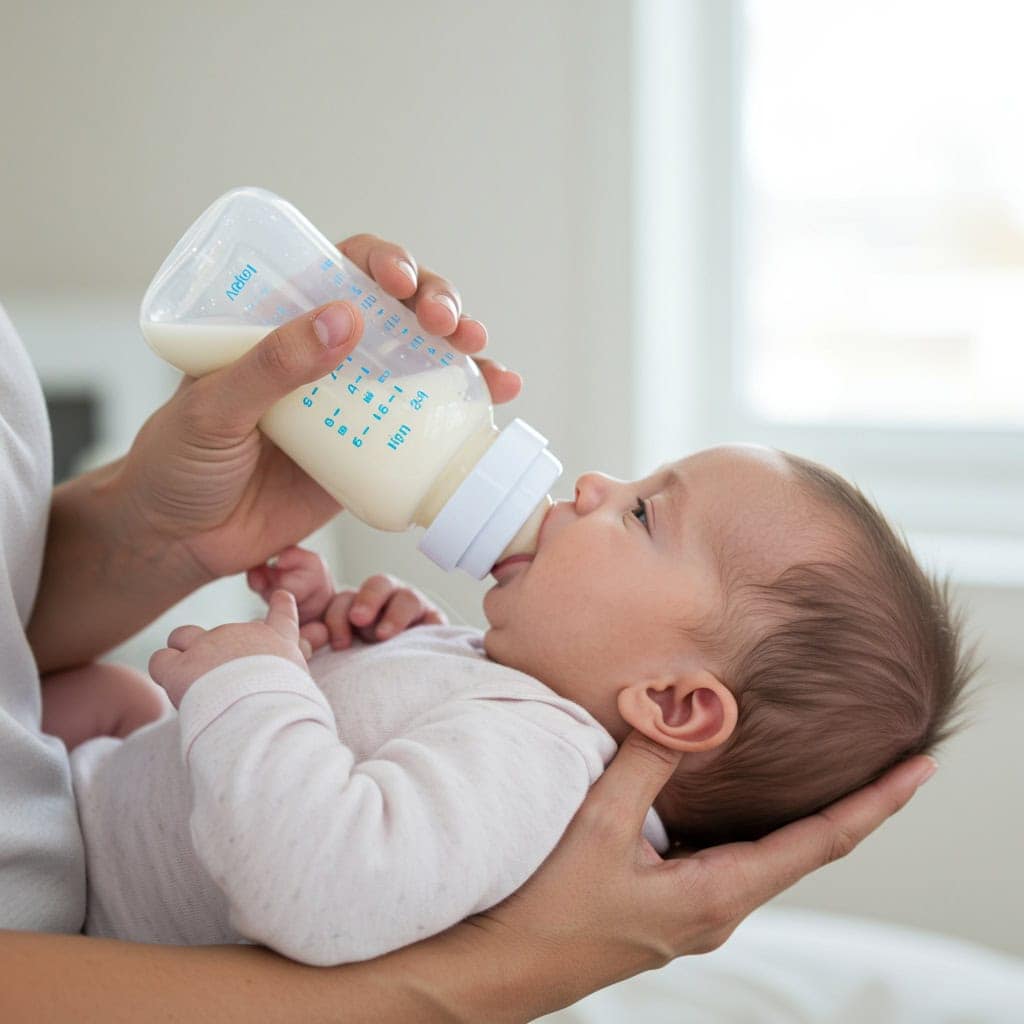
Propping a bottle during feeding increases the risk of choking and ear infections, as milk may flow too quickly or pool in the mouth. Hands-on feeding ensures you can respond to your baby’s needs and cues. Instead, hold your baby in a semi-upright position and support both the head and the bottle.
4. Feeding Baby Lying Flat

Feeding your baby while they are lying flat can increase the risk of milk entering the eustachian tube, which may lead to ear infections. To avoid these complications, always hold your baby at a semi-upright angle during bottle-feeding. This position also helps with swallowing and digestion, making feeding safer and more comfortable.
5. Not Burping Enough
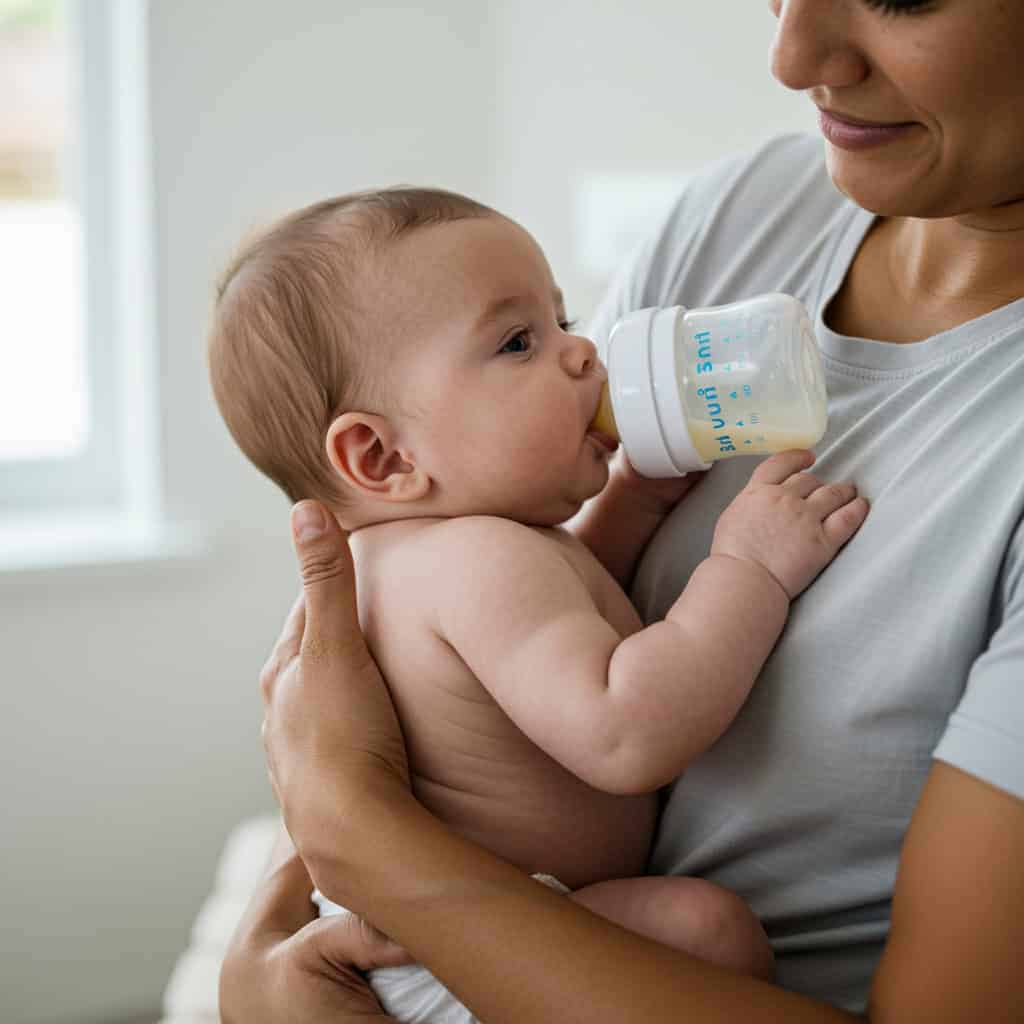
Burping is essential during and after bottle-feeding to help release trapped air, which can cause discomfort, spit-up, and gas in babies. Failing to burp frequently may leave your baby fussy or gassy. Try burping your baby midway through and after each feeding, using gentle pats on the back while holding them upright or over your shoulder.
6. Feeding Too Quickly or Too Slowly
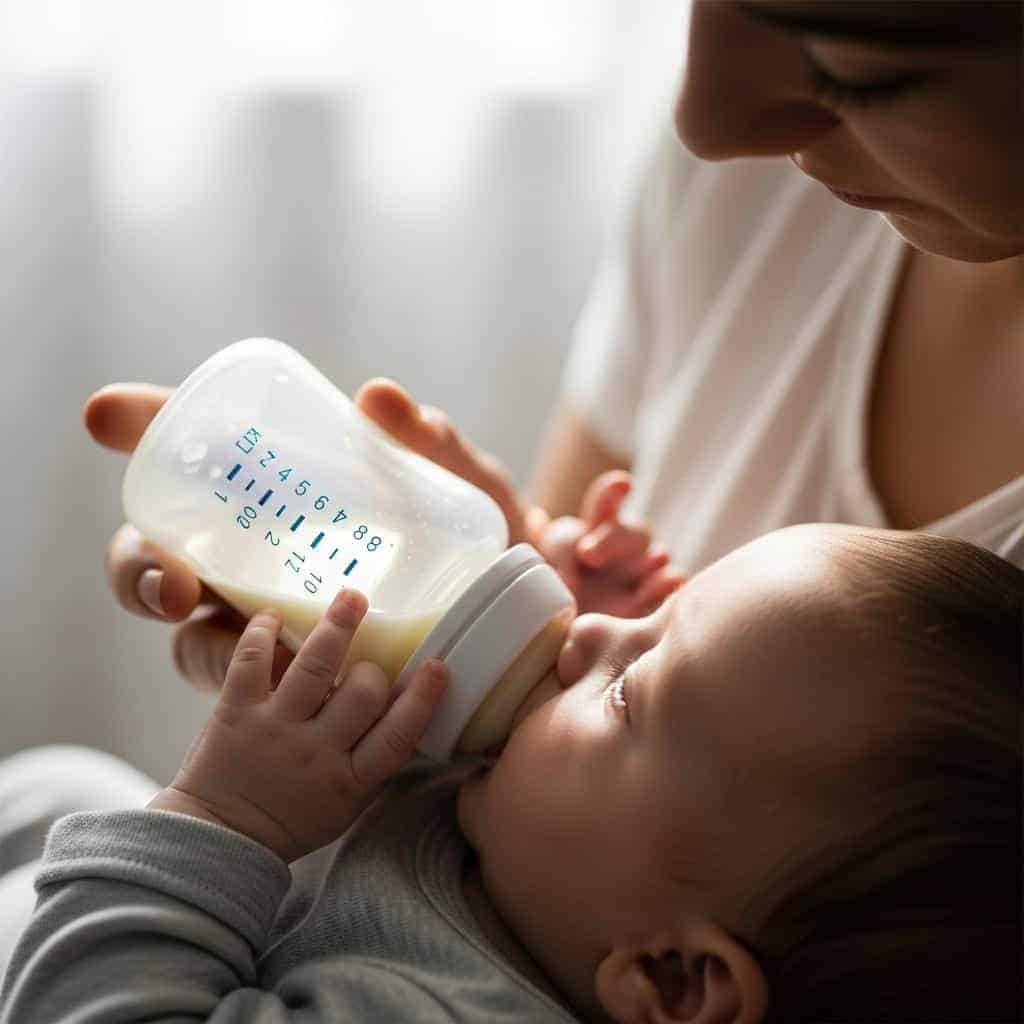
The speed of bottle-feeding greatly affects your baby’s digestion and feelings of fullness. Feeding too fast can lead to choking and discomfort, while feeding too slowly may cause frustration. Practicing paced bottle-feeding and selecting nipples with flow rates appropriate for your baby’s age help ensure a comfortable experience. Adjust the angle and take breaks as needed.
7. Improper Bottle Cleaning
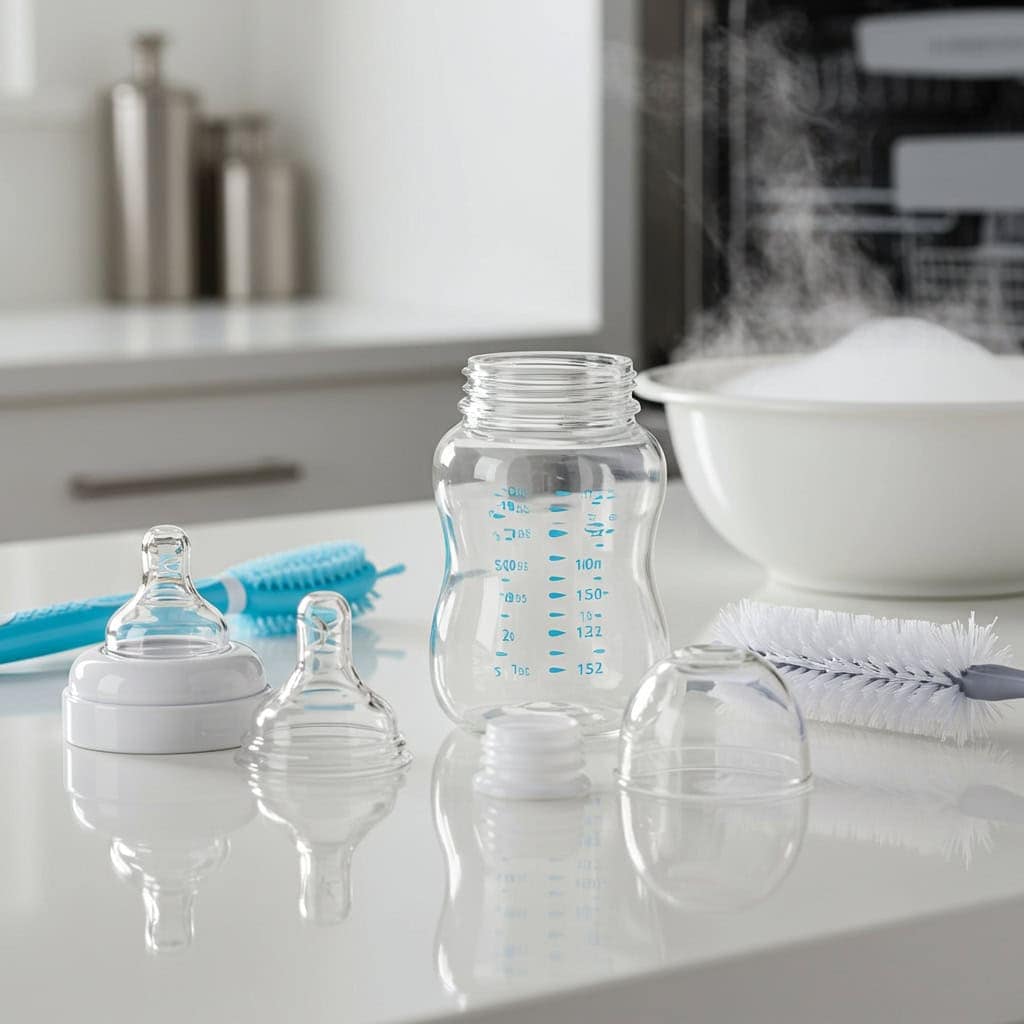
Inadequately cleaned bottles and nipples can harbor harmful bacteria, putting your baby at risk for infections. Always disassemble bottles and thoroughly wash all parts with hot, soapy water or in a dishwasher. Sterilize regularly, especially for newborns, and allow everything to air dry completely. Pay attention to hard-to-reach areas and use bottle brushes as needed.
8. Reusing Leftover Formula
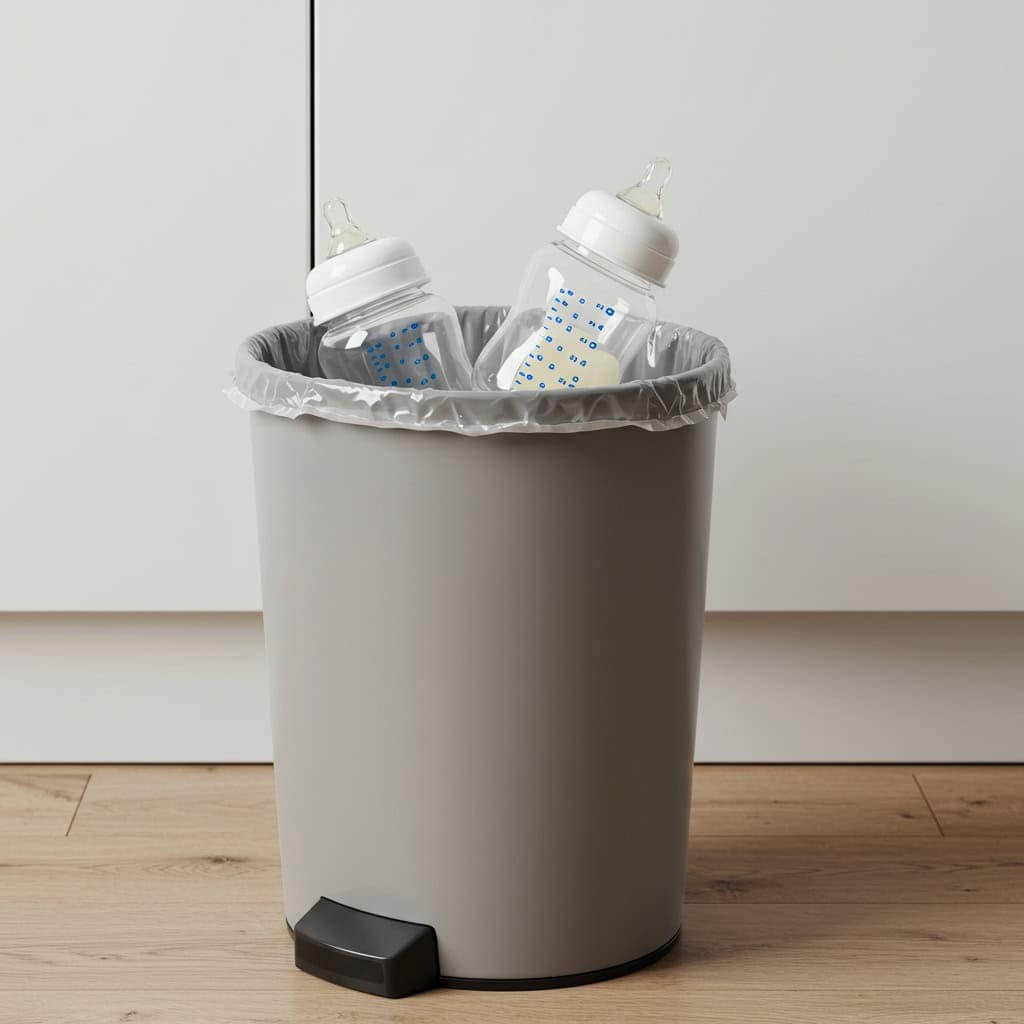
Saving leftover formula from a previous feeding can expose your baby to dangerous bacteria, as germs from your baby’s mouth multiply quickly in the bottle. It’s recommended to discard any unused formula within one hour after feeding begins. Always prepare fresh bottles for each feeding and follow safe storage guidelines.
9. Overfeeding or Underfeeding

Giving your baby too much or too little formula can lead to weight issues, discomfort, or poor growth. Signs of overfeeding include frequent spit-up and fussiness, while underfeeding may cause lethargy or poor weight gain. The right amount of formula depends on your baby’s age, weight, and appetite. Monitor your baby’s cues and consult feeding charts or your pediatrician.
10. Ignoring Signs of Formula Intolerance

Symptoms like rash, vomiting, diarrhea, or excessive fussiness can signal a formula intolerance or allergy. Ignoring these signs may worsen your baby’s discomfort or health. If you notice these reactions, consult your healthcare provider promptly for evaluation and possible formula changes. Early intervention is key to ensuring your baby’s well-being.
11. Not Holding Baby Close During Feeds

Physical closeness during bottle-feeding is essential for bonding and your baby’s emotional security. Holding your baby, making eye contact, and cuddling create a comforting environment and support healthy attachment. These moments also foster communication and trust. Feeding is not just about nutrition—it’s a chance to nurture your relationship.
12. Not Preparing Formula Correctly
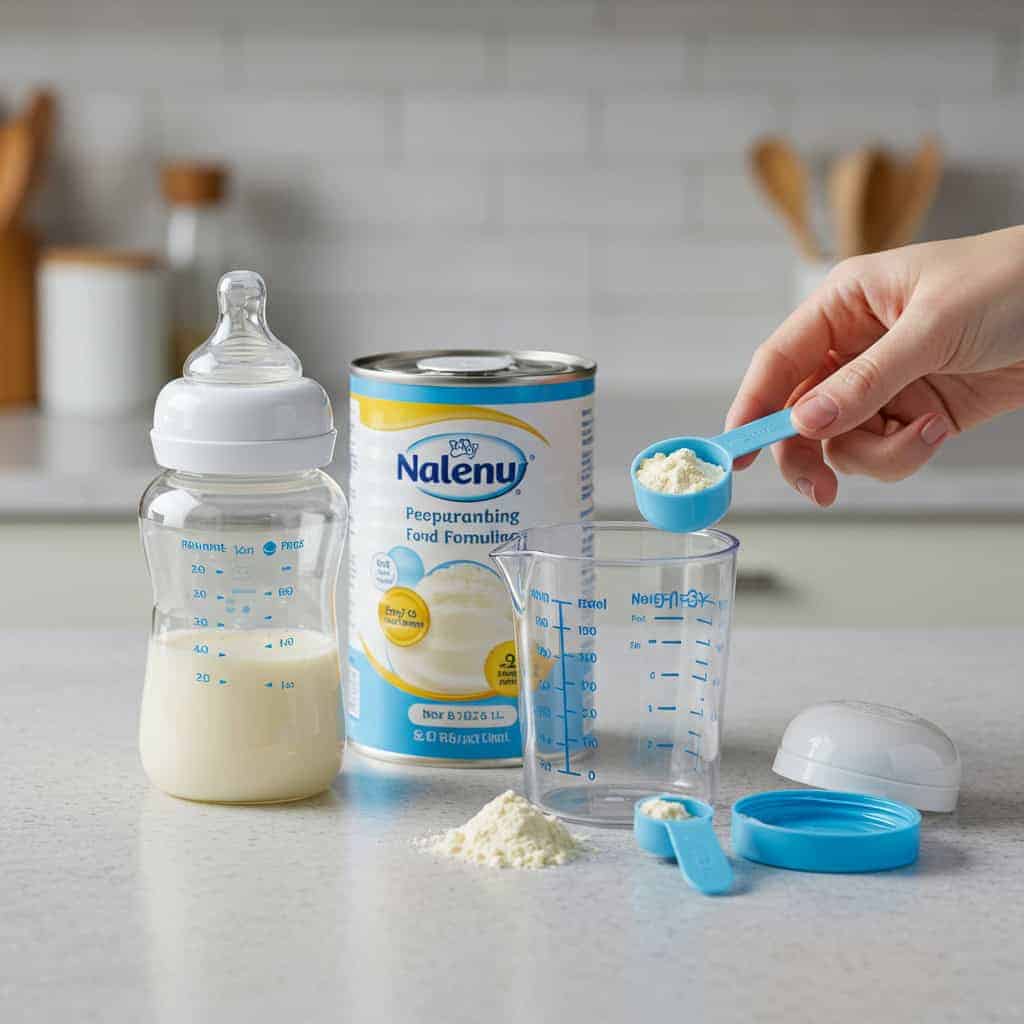
Incorrectly preparing formula—either too concentrated or too diluted—can lead to serious health risks, including dehydration, electrolyte imbalances, or poor nutrition. Always measure water and powder carefully, following the manufacturer’s instructions exactly. Using unsafe water or improper ratios may put your baby at risk. Take time to double-check your preparation and consult reputable guides.
13. Skipping Regular Bottle/Nipple Checks
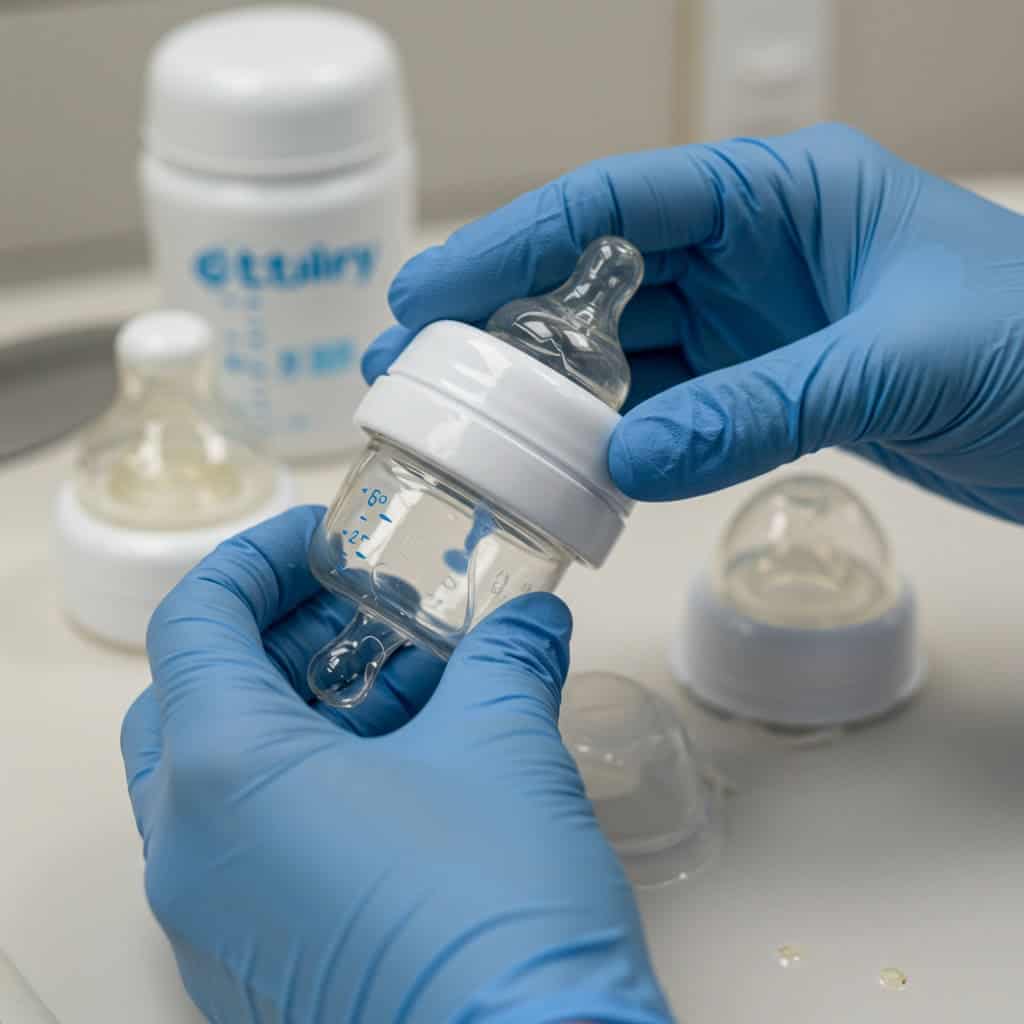
Regularly inspecting bottles and nipples for cracks, tears, or signs of wear is crucial to prevent leaks and choking hazards. Damaged nipples can break apart, posing serious risks during feeding. Replace any compromised parts promptly and follow manufacturer guidelines for routine replacement. Keeping feeding equipment in good condition helps ensure your baby’s safety.
Wrap-Up: Building Better Feeding Habits

Avoiding common bottle-feeding mistakes—like improper cleaning, ignoring hunger cues, or using the wrong nipple size—can make feeding safer and more enjoyable for both you and your baby. Prioritize best practices such as responsive feeding, correct formula preparation, and regular equipment checks. Stay attentive to your baby’s signals and don’t hesitate to seek guidance from your pediatrician.
Medical Disclaimer
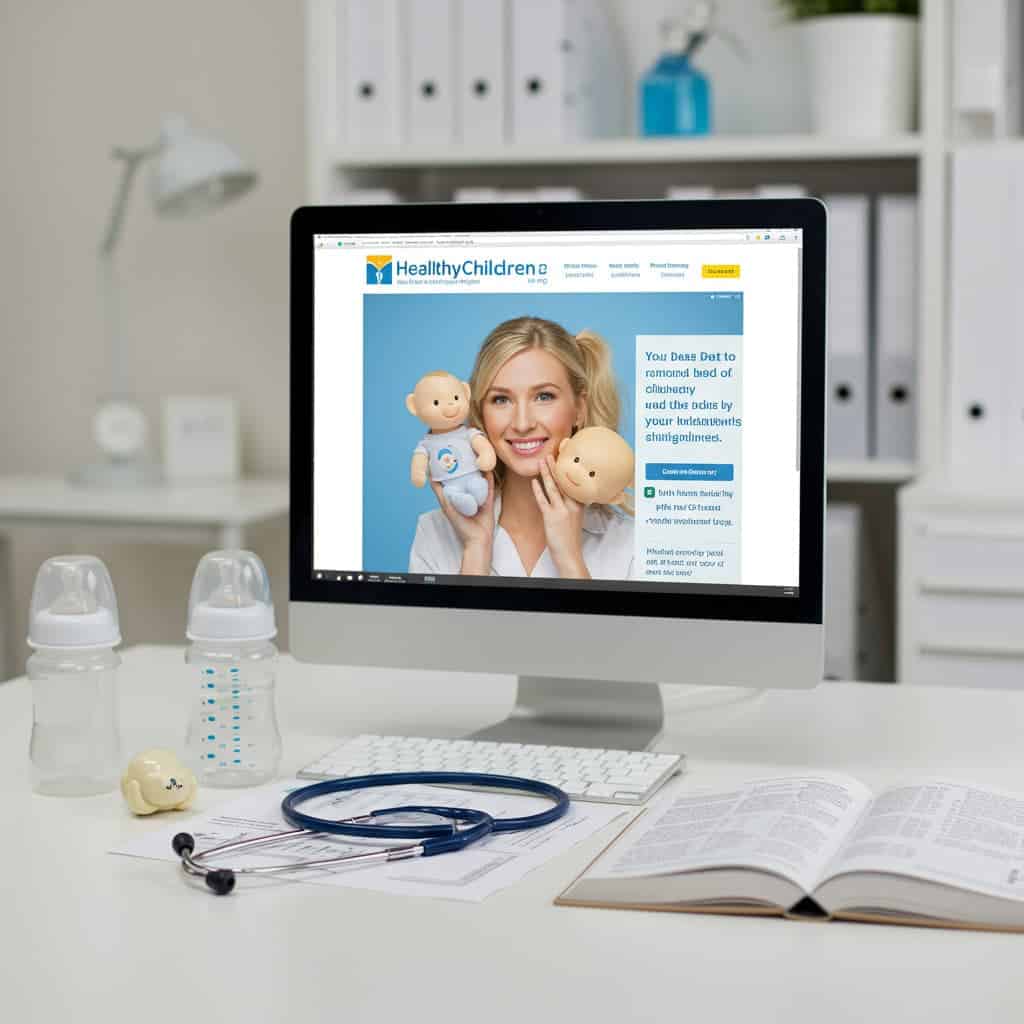
This article is for informational purposes only and is not a substitute for professional medical advice. Always consult your pediatrician or a qualified healthcare provider for personalized feeding guidance.
.article-content-img img { width: 100% }



